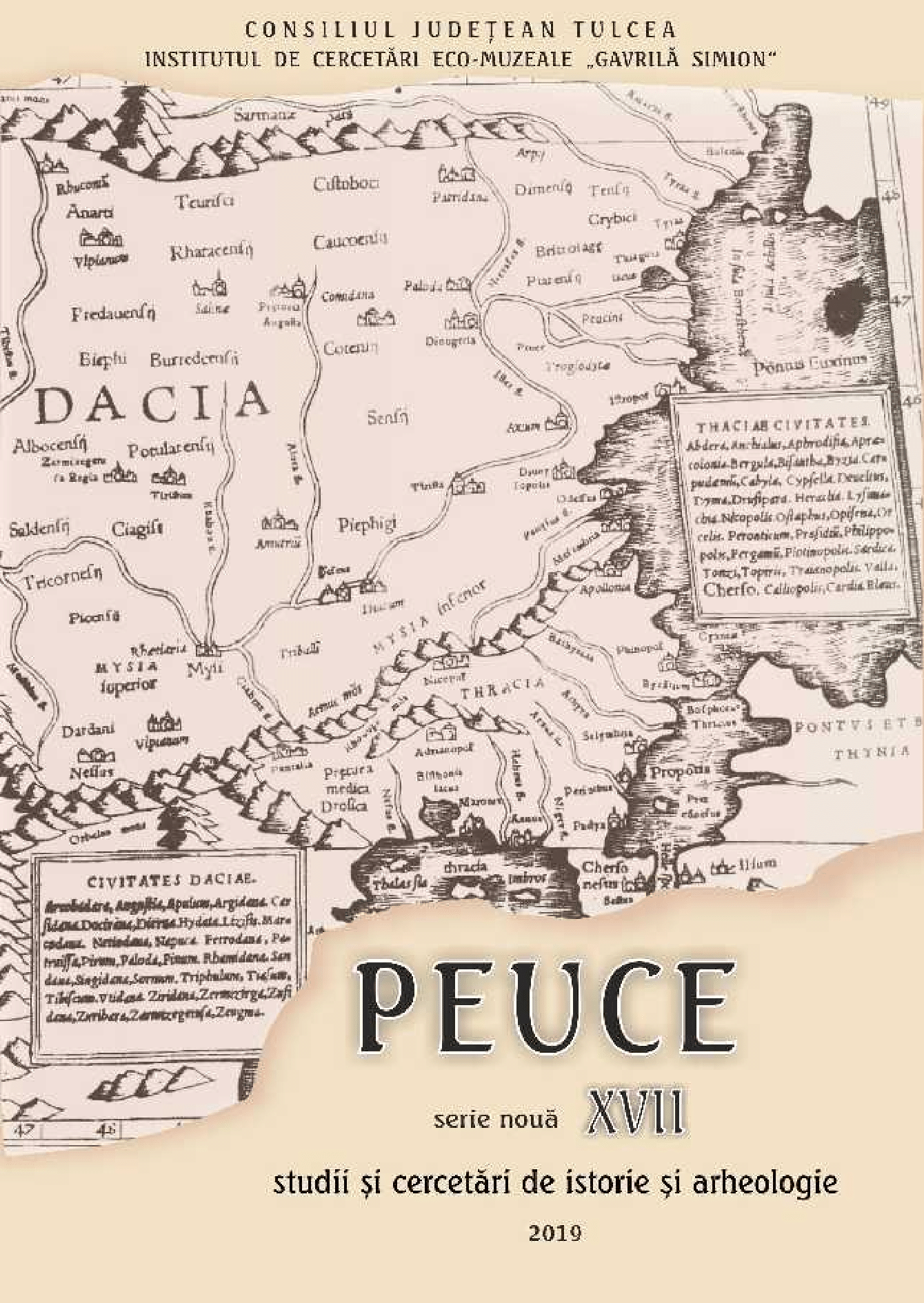Noi cercetări arheologice preventive la Cetatea Enisala. Date arheologice și arheozoologice
New rescue archaeological excavation at Enisala Fortress. Archaeological and zooarchaeological data
Author(s): Simina Margareta Stanc, Aurel StănicăSubject(s): History, Archaeology, Economy, Agriculture, Military history, Ancient World, Middle Ages, 15th Century
Published by: Institutul de Cercetari Eco-Muzeale Tulcea - Institutul de Istorie si Arheologie
Keywords: Archaeology;zooarchaeology;Middle Ages;Enisala;
Summary/Abstract: The archaeological site of Enisala Fortress is located at about 2 km west from Enisala village, on a limestone hill, which dominates the contact area of the lakes Razim and Babadag. Systematic and preventive archaeological researches provide an image of the 14th-15th century dwellings in the North Dobrudja. The archaeological excavations at the Enisala-Parcare point took place in 2014 and were investigated two areas, in which were identified 13 household pits. The 13 household pits are bell-shaped; inside them were found a diverse material: ceramic fragments, animal bones, fish bones, fish scales, red deer antler, iron arrowheads, sewing needle, knife blade, iron sleeve, iron horseshoe. In the lower part of the mentioned complexes were discovered a small number of ceramic fragments, to which is added the faunal material. The collected faunal remains come from fish, birds and mammals, and the last group is predominant. There were identified bone and dental remains coming from six species of domestic mammals (Bos taurus, Ovis aries, Capra hircus, Sus domesticus, Equus caballus and Canis familiaris) and six species of wild mammals (Cervus elaphus, Sus scrofa, Bos primigenius, Lepus europaeus, Capreolus capreolus, Canis lupus).
Journal: Peuce (Serie Nouă) - Studii şi cercetari de istorie şi arheologie
- Issue Year: 17/2019
- Issue No: 17
- Page Range: 249-274
- Page Count: 26
- Language: Romanian

